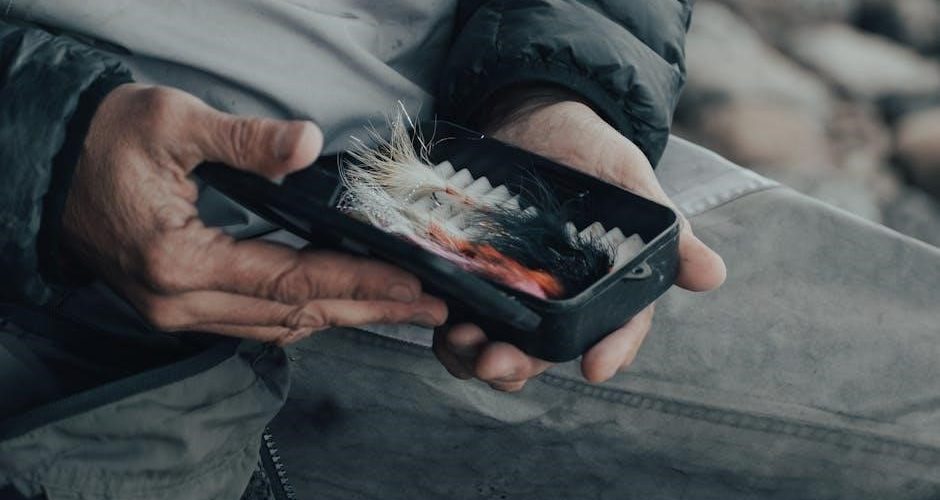how much to tip a fly fishing guide
Standard Tipping Practices for Fly Fishing Guides
The standard tip for fly fishing guides typically ranges between 15% and 25% of the total trip cost. For example, if a full-day trip costs $650, a tip of $97 to $163 is considered appropriate. Some sources suggest a flat rate of $75 to $100 per guide for a day trip, especially if the service was exceptional. It’s customary to tip each guide individually, ensuring they receive fair compensation for their efforts. This practice reflects appreciation for their expertise, patience, and dedication to ensuring a memorable fishing experience.
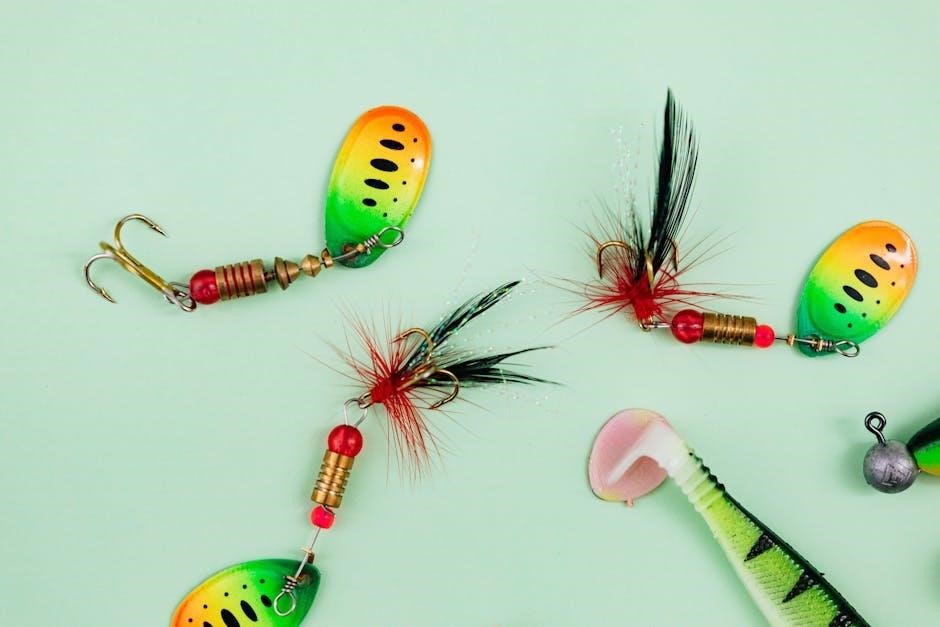
Factors Influencing the Tip Amount
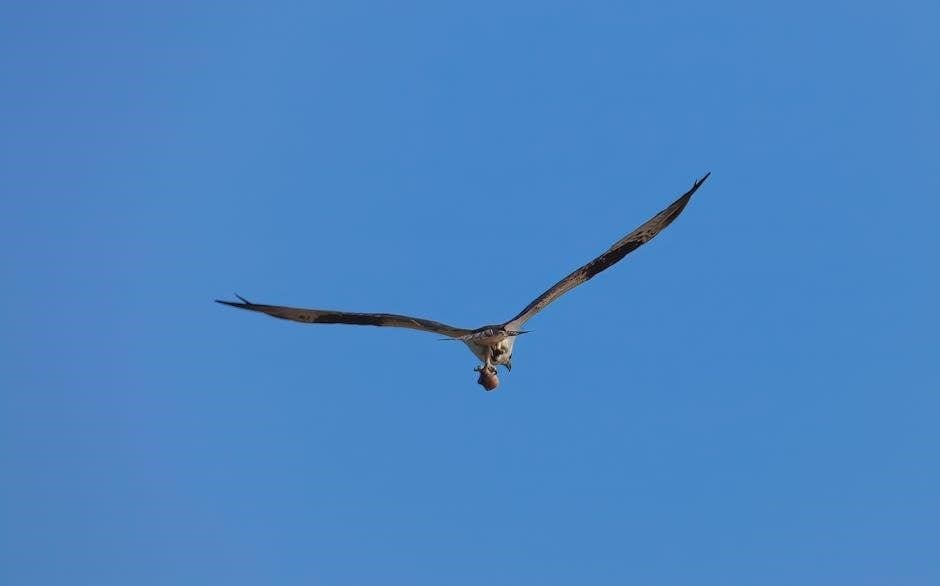
The amount you choose to tip a fly fishing guide can vary based on several factors, all of which play a significant role in determining the quality of your experience. One of the primary considerations is the guide’s diligence, skill, and willingness to go above and beyond to ensure a successful and enjoyable trip. If the guide demonstrates exceptional knowledge of the water, effectively communicates techniques, and works tirelessly to position you for optimal fishing opportunities, these efforts should be reflected in a higher tip. On the other hand, if the guide seems disengaged or lacks the expertise to adapt to changing conditions, you may adjust the tip accordingly.
Another critical factor is the overall success of the trip. While many guides emphasize that the number of fish caught should not solely dictate the tip amount, it’s natural for clients to feel more inclined to reward a guide who helped them land multiple or trophy-sized fish. However, it’s important to remember that fishing success can be influenced by factors beyond the guide’s control, such as weather conditions or fish behavior. A guide who maintains a positive attitude and works hard despite challenging circumstances deserves fair compensation.
The length and type of the trip also influence the tip amount. For full-day trips, which often involve more time, effort, and resources from the guide, a higher tip is generally expected compared to half-day excursions. Additionally, if the guide provides extra services, such as gear, transportation, or post-trip assistance, these should be taken into account when determining the tip.
Regional customs and expectations can also shape tipping practices. In some areas, such as popular fly fishing destinations like Montana or Alaska, tipping standards may be more established, with clients typically offering 20-25% of the trip cost. In other regions, the tipping culture might be less formal, allowing for more flexibility in determining the appropriate amount.
The dynamics between you and your guide, including their friendliness, patience, and ability to create a positive atmosphere, are also key factors. A guide who takes the time to educate you on techniques, shares insights about the local ecosystem, and ensures your safety and comfort will likely deserve a higher tip than one who seems uninterested or rushed.
Ultimately, the tip should reflect your satisfaction with the overall experience and the guide’s contribution to it. While there are general guidelines, the final amount is a personal decision based on the unique aspects of your trip. By considering these factors, you can ensure that your tip is fair and representative of the value you received.

Guide’s Service Quality
The quality of service provided by a fly fishing guide is one of the most critical factors in determining how much to tip. A guide who goes above and beyond to ensure a memorable and successful trip deserves a higher tip, while a lackluster performance may warrant a more modest gratuity. The guide’s expertise, work ethic, and interpersonal skills all play a significant role in shaping your experience and, consequently, the tip amount.
First and foremost, the guide’s knowledge of the water and their ability to position you in prime fishing locations are essential. A skilled guide will have an intimate understanding of the river, stream, or lake, including where fish are likely to be holding, the best times to fish, and the most effective techniques to use. If the guide consistently puts you in positions to catch fish, demonstrates a deep understanding of the local ecosystem, and adapts strategies based on changing conditions, this reflects a high level of professionalism andjustify a generous tip.
Another important aspect is the guide’s teaching ability, especially for novice anglers. A good guide will take the time to explain techniques, offer constructive feedback, and ensure you feel comfortable and confident throughout the trip. If the guide is patient, encouraging, and willing to share their expertise, it enhances the overall experience and should be acknowledged with a higher tip. Conversely, a guide who seems uninterested in teaching or helping you improve may not warrant as much gratuity.
The guide’s effort and willingness to go the extra mile are also key considerations. This includes arriving early to scout fishing spots, providing transportation, and ensuring all necessary gear is in good condition. If the guide works tirelessly to maximize your fishing opportunities, such as making multiple casts, adjusting flies, or navigating challenging terrain, these efforts should be recognized with a larger tip. On the other hand, if the guide appears disengaged or uncommitted, it may be appropriate to tip on the lower end of the spectrum.
Finally, the guide’s attitude and interpersonal skills can greatly influence your tipping decision. A friendly, courteous, and enthusiastic guide who creates a positive atmosphere can make even a challenging day on the water enjoyable. If the guide is rude, unprofessional, or fails to communicate effectively, it can sour the experience and reduce the likelihood of a substantial tip.
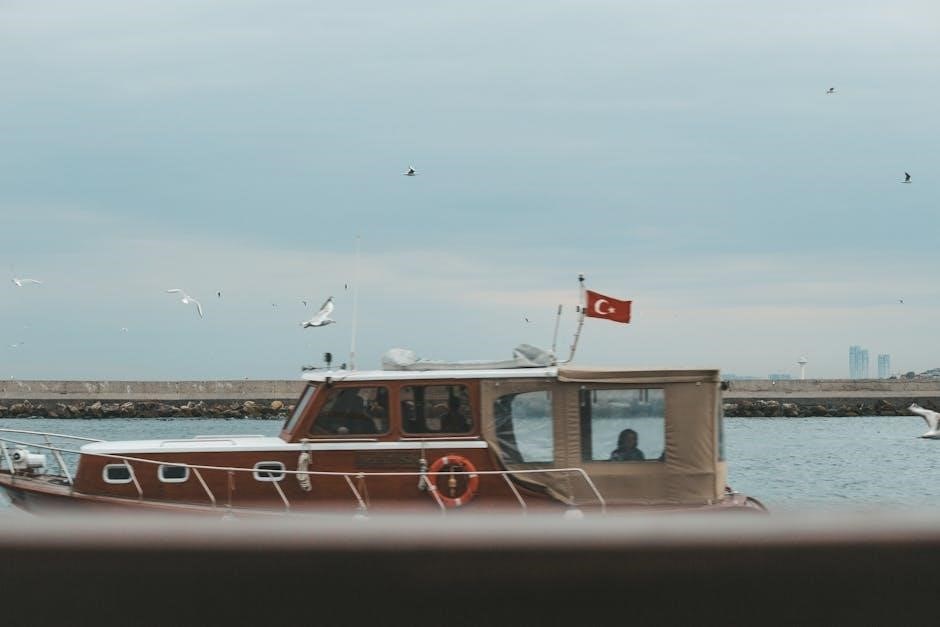
Additional Services and Considerations
When determining how much to tip a fly fishing guide, it’s important to consider any additional services or special considerations that may have been provided during the trip. These extras can significantly enhance your experience and should be reflected in the final gratuity. Guides often go above and beyond standard services, and acknowledging their extra efforts is a thoughtful way to show appreciation.
One common additional service is early morning preparation or late evening scouting. If your guide arrives before dawn to set up equipment, scout the best fishing spots, or prepare gear, this demonstrates a commitment to ensuring your success on the water. Similarly, if the guide stays later than scheduled to help you land a few more fish or to clean and pack your catch, this extra time and effort should be factored into the tip.
Another consideration is the provision of equipment and gear. Some guides will supply high-quality rods, reels, and flies, which can be a significant added value, especially for travelers who don’t wish to bring their own gear. If the guide provides premium equipment or takes the time to carefully select and prepare flies for the day’s fishing, this convenience and attention to detail warrant a higher tip. Additionally, if the guide offers to clean and fillet your catch, this is an extra service that goes beyond the standard guiding duties and should be recognized.
Transportation is another factor to consider. If the guide provides shuttle services to and from the fishing location, especially in remote areas, this can save you time and hassle. Guides who go out of their way to pick you up from your hotel or drop you off after the trip are providing added convenience, which should be acknowledged with a larger tip. Similarly, if the guide navigates challenging terrain or difficult weather conditions to ensure your safety and success, this level of dedication deserves extra compensation.
Special requests or customized services also play a role in tipping. For example, if you asked the guide to focus on a specific species or technique, and they tailored the trip to meet your goals, this personalized approach should be reflected in the tip. Additionally, if the guide went out of their way to accommodate special needs, such as physical limitations or dietary preferences during meals, this extra effort should be recognized.
Lastly, the guide’s willingness to share knowledge and skills beyond just fishing is another consideration. If the guide took the time to educate you about local ecology, conservation efforts, or the history of the area, this added educational component enhances the overall experience and should be acknowledged with a generous tip.
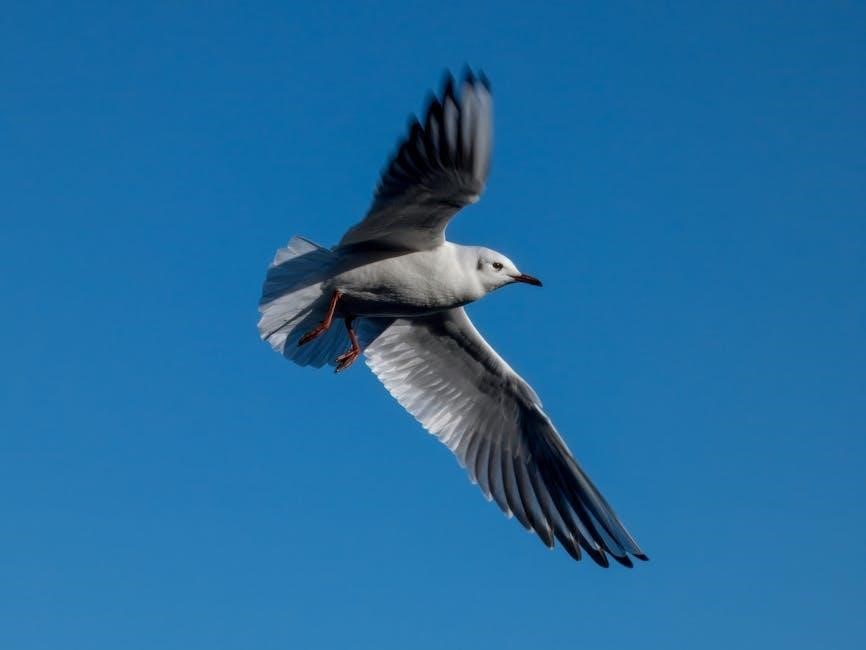
Regional Tipping Customs
Tipping customs for fly fishing guides can vary depending on the region, cultural norms, and local expectations. While general guidelines suggest tipping between 15% to 25% of the trip cost, regional differences may influence the amount or the way tips are given. Understanding these variations is essential to ensure you’re showing appropriate gratitude in different parts of the world.
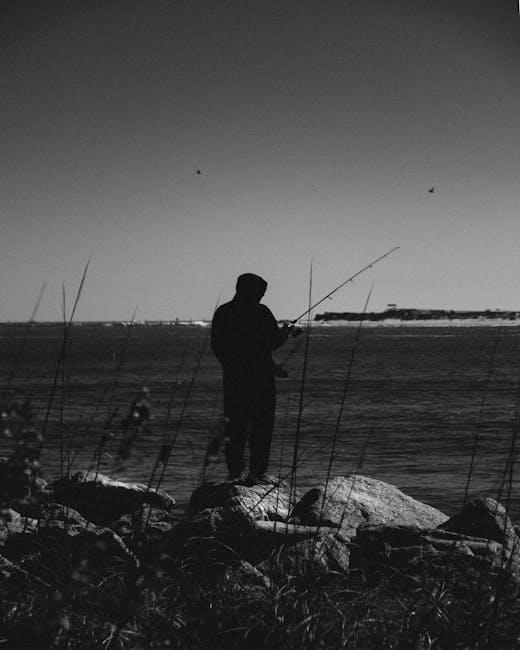
In the United States, tipping practices for fly fishing guides are fairly consistent across most regions, with 15% to 20% of the total cost being the standard. However, in areas known for premium fly fishing experiences, such as Montana, Wyoming, or Alaska, the tipping range tends to be on the higher end, often closer to 20% to 25%. This reflects the higher cost of living and the expertise of guides in these prime fishing destinations.
In Canada, particularly in provinces like British Columbia or Alberta, tipping customs are similar to those in the U.S., with 15% to 20% being customary. However, in more remote areas or for guided trips on prestigious rivers, clients may choose to tip slightly higher to acknowledge the guide’s effort in accessing secluded fishing spots.
In international destinations, such as Patagonia, New Zealand, or Iceland, tipping customs can differ significantly. In some countries, tipping may not be as deeply ingrained in the culture, but it is still appreciated and expected, especially for exceptional service. For example, in Patagonia, a tip of 10% to 15% of the trip cost is considered generous, while in New Zealand, tipping is less customary, but a small gesture of $20 to $50 per day is appreciated for outstanding guiding.
Regional variations also extend to the way tips are given. In some areas, cash is the preferred method, while in others, credit card tips or even gifts like gear or alcohol are acceptable. For instance, in Alaska, where guides often work long hours in challenging conditions, tips are typically given in cash to ensure the guide receives the full amount.
Additionally, cultural differences may influence tipping practices. In some regions, a higher tip may be expected if the guide provides additional services, such as meal preparation or storytelling about local traditions. In others, a modest tip may be sufficient, as the focus is more on camaraderie and shared passion for fishing rather than monetary compensation.
Ultimately, while regional tipping customs provide a useful framework, the quality of service should always be the primary factor in determining the tip amount. Regardless of where you are, a thoughtful and fair tip is the best way to express gratitude for a guide’s hard work and dedication to making your fly fishing experience unforgettable.

Method of Tipping
The method of tipping a fly fishing guide can vary depending on personal preference, the guide’s policies, and the norms of the fishing location. While cash tips are the most common and preferred method, there are other ways to show appreciation for exceptional service. Regardless of the method chosen, it’s important to ensure that the tip reflects the quality of service received and is presented in a respectful manner.
Cash tips remain the most popular choice for tipping fly fishing guides. This is because cash ensures that the guide receives the full amount intended, without any deductions or delays. Guides often work as independent contractors or small business owners, and cash tips provide them with immediate compensation for their efforts. For a full-day trip, $75 to $100 in cash is a standard tip, though this amount may increase based on the guide’s performance, the length of the trip, or additional services provided.
For multi-day trips or when tipping multiple guides, it’s customary to tip each guide individually. This ensures that each guide receives fair compensation for their specific role in the trip. In some cases, clients may choose to tip the lead guide, who then distributes the tips among the team. However, it’s generally recommended to tip each guide separately to avoid any potential misunderstandings or unequal distribution.
Credit card tips are another option, though they are less common in remote fishing locations where access to credit card machines may be limited. If a client prefers to use a credit card, they should inform the guide or outfitter in advance to ensure that this method is available. When tipping via credit card, it’s important to be aware that a small processing fee may be deducted from the tip amount, reducing the actual payment the guide receives.
In addition to monetary tips, some clients choose to show their appreciation through non-cash gifts. These can include items like fishing gear, premium alcohol, or other personalized gestures. While these gifts are thoughtful, they should not replace a monetary tip, as guides rely on tips as a significant portion of their income. However, combining a cash tip with a small gift can be a meaningful way to express gratitude for an exceptional experience.
When presenting the tip, it’s important to do so politely and discretely. Guides appreciate a heartfelt thank you and a clear indication that the tip is intended as a gesture of appreciation for their hard work. Avoid making the tip contingent on factors like the number of fish caught, as this can create an uncomfortable dynamic. Instead, base the tip on the guide’s professionalism, knowledge, and effort throughout the trip.
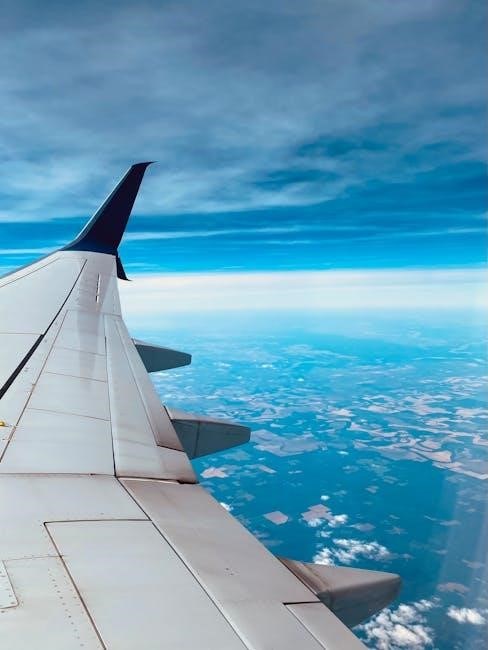
Total Trip Cost and Tipping Basis
When determining how much to tip a fly fishing guide, the total trip cost serves as the primary basis for calculating the tip. This approach ensures that the tip is proportional to the services provided and reflects the overall value of the experience. Understanding how to calculate the tip based on the total cost helps clients show appropriate appreciation for their guide’s efforts while maintaining fairness.
The total trip cost typically includes the guide’s fee, equipment, and access to fishing locations. For example, a full-day float trip might cost $650, while a half-day wade trip could be around $350. Tips are generally calculated as a percentage of this total cost, with the standard range being 15% to 25%. For a $650 full-day trip, this would translate to a tip of $97 to $163. For a half-day trip, the tip would be $52 to $88.
Key Considerations:
- Length of the Trip: Longer trips, such as multi-day excursions, often involve higher costs and more comprehensive services, which may justify a slightly higher tip percentage. For example, a 3-day trip costing $2,000 could result in a tip of $300 to $500.
- Number of Clients: Tips are typically per guide, not per client. For example, if two clients are on a trip, each should tip the guide individually based on the total cost. This ensures that the guide is fairly compensated regardless of the group size.
- Additional Services: If the guide provides extra services, such as transportation, gear rental, or meal preparation, these should be factored into the total cost and, consequently, the tip.
- Regional Variations: In some areas, the standard tipping percentage may differ due to local customs or cost of living. For instance, in high-demand destinations like Montana or Alaska, tips may lean toward the higher end of the range.
Calculating the Tip:
To calculate the tip, multiply the total trip cost by the desired percentage. For example:
– For a $500 half-day trip, a 15% tip equals $75, while a 25% tip equals $125.
– For a $1,200 full-day trip, a 15% tip equals $180, and a 25% tip equals $300.
If the trip cost includes additional expenses like gear rental or permits, these should be included in the total amount used to calculate the tip. For instance, if a trip costs $800, including a $100 gear rental fee, the tip should be based on the full $800.
Key Takeaways:
– The total trip cost is the foundation for determining the tip amount.
– Tips are typically calculated as 15% to 25% of the total cost.
– Longer trips, additional services, and regional customs may influence the tip percentage.
– Tips are per guide, regardless of the number of clients.
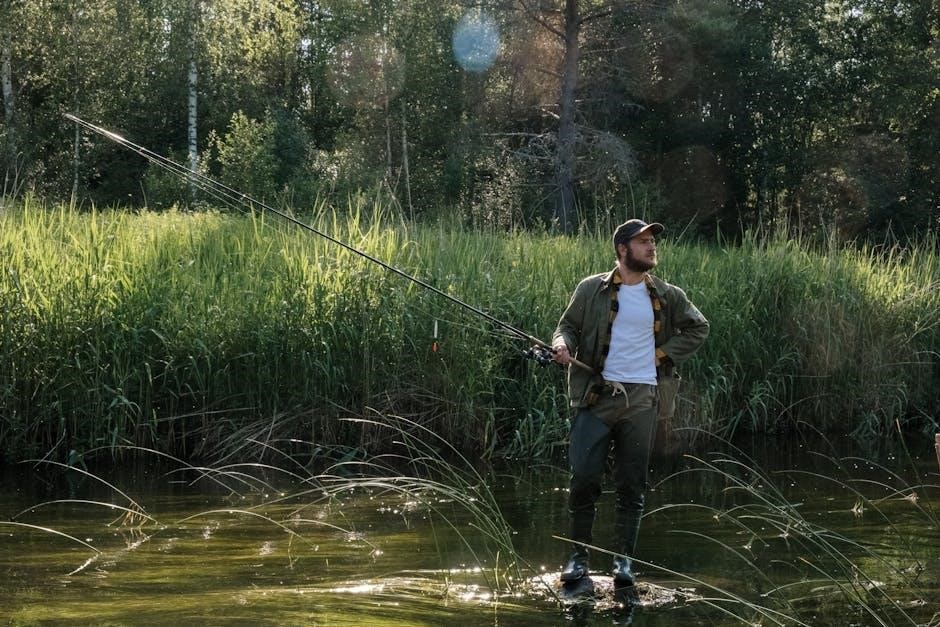
By basing the tip on the total trip cost, clients ensure that their gratitude is proportionate to the services received, creating a fair and mutually respectful relationship with their fly fishing guide.
Tipping a fly fishing guide is a thoughtful way to express gratitude for their expertise, effort, and dedication to ensuring a memorable and successful fishing experience. While there is no strict rule about the exact amount to tip, the standard practice is to base the tip on the total cost of the trip, typically ranging between 15% and 25%. For example, a $500 trip might warrant a $75 to $125 tip, while a $1,000 trip could result in a $150 to $250 tip.
The tip should reflect the guide’s professionalism, skill, and willingness to go above and beyond to meet your expectations. Factors such as the guide’s demeanor, knowledge of the water, and ability to adapt to changing conditions all play a role in determining the appropriate amount. Additionally, if the guide provides extra services, such as transportation, gear setup, or sharing valuable fishing techniques, these should be considered when calculating the tip.
It’s also important to remember that tipping is not solely based on the number of fish caught. Guides often work hard to create the best possible experience, regardless of the day’s fishing success. Therefore, the tip should be a reflection of their overall performance, not just the outcome of the fishing trip.
Regional customs and the total trip cost should also guide your decision. In areas where fly fishing is a popular activity, such as Montana or Alaska, tipping practices may lean toward the higher end of the range due to higher demand and costs. Conversely, in less frequented locations, the standard tip might remain closer to 15%.
Ultimately, tipping is a personal decision, but basing it on the total trip cost ensures fairness and proportionality. A thoughtful tip not only acknowledges the guide’s hard work but also strengthens the connection between clients and guides, fostering a positive and respectful fishing community. By following these guidelines, you can ensure that your tip is both generous and appropriate, reflecting the value you place on the experience provided by your fly fishing guide.
